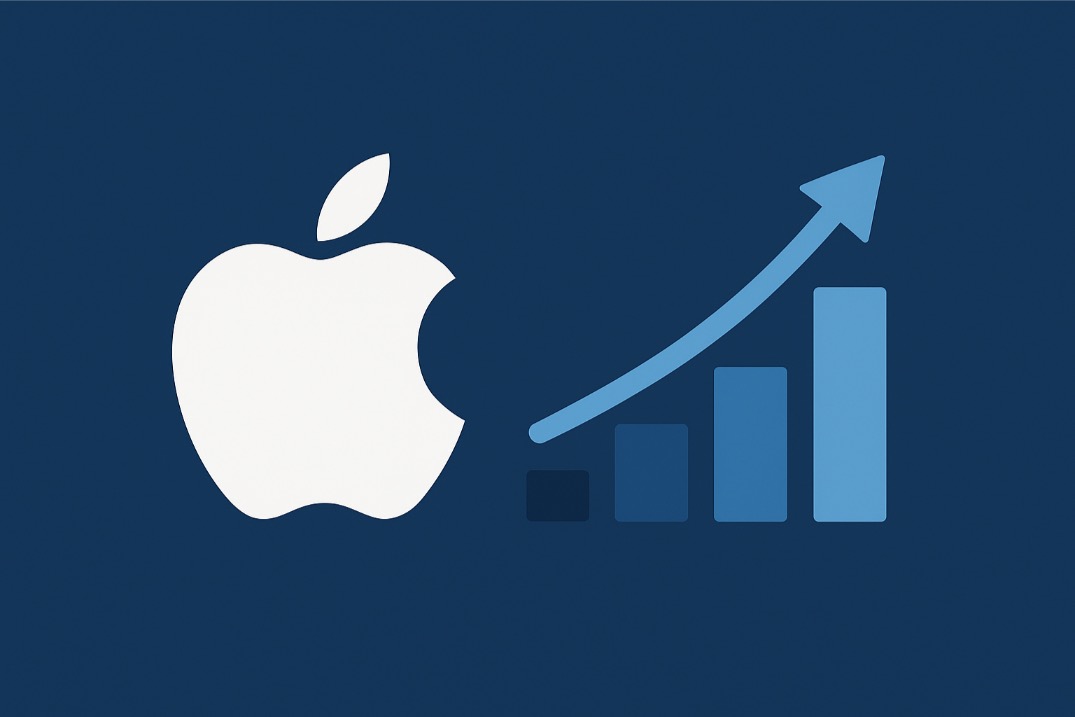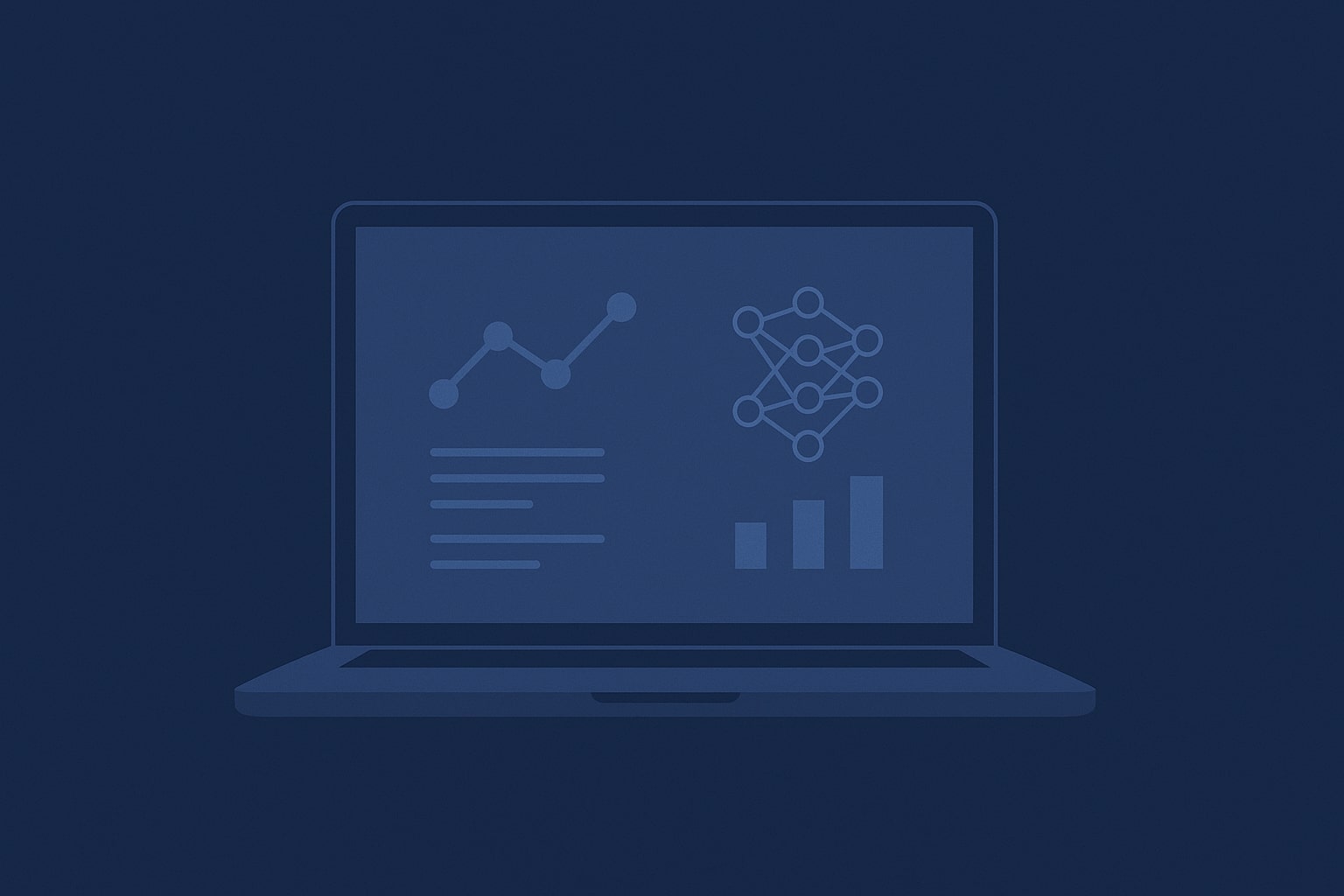Machine learning adoption surges across different industries. Companies that developed the foundation models like ChatGPT have multiplied their investment in training new models, which promise us previously unseen capabilities.
Additionally, more companies now understand the benefits of implementing machine learning. According to Microsoft, every dollar invested in AI and ML produces an average return of $3.70 over three years.
This all means that machine learning adoption will expand in the near future, and in this article, we’ll specify how. We’ll also discuss the industries using ML and determine what benefits you can get from this in your business.
Machine learning – market overview
The machine learning market is expected to reach US$48bn this year. It is currently growing at a whopping 30% a year and will hit US$309bn by 2032. These numbers speak to one thing: There will be more investment. As the domain gets more money, we may definitely expect wider capabilities of new machine learning models, especially as the machine learning capabilities of Apple’s M-series chips make them ideal tools for local model testing.
To be more specific, in 2024, Open AI spent $78 million to train their new model, GPT-4, while Google’s Gemini Ultra cost $191 million to compute. To compare, it was estimated that GPT-3 cost about $12 million to train. So, after the first instances have proven successful, the ML market is now attracting bigger cash flows, inviting businesses across industries to join the ML bandwagon.

Machine learning adoption rate
Approximately half of the businesses worldwide use machine learning to solve some of their tasks. Yet, the machine learning adoption rate depends on industries.
For example, according to NVIDIA, 9 out of 10 retail companies already use AI and ML (as these are usually implemented together).
At the same time, half of them have passed through the pilot stage and now use AI in more than six instances of their business processes. Most use AI in operations, with use cases ranging from content creation to demand forecasting. Also, 97% of companies report they will increase AI spending in the coming years.

At the same time, the adoption rate of machine learning increases as industries pass the first implementation stage.
For example, in manufacturing, companies implementing machine learning and AI reported that it took them ten to twenty months to implement their first use cases. Yet, as they have settled machine learning implementation paths, further stages run faster.
Now, the majority of companies report they can implement a new machine learning use case in six months, while some say they have shortened this time to three months.
What do industries use ML for?
Since we are talking about use cases, let’s see how industries use machine learning in practice.
Healthcare
In healthcare, machine learning is used to predict seasonal patient inflow and to adjust staffing and inventory accordingly. This way, hospitals avoid stockouts in peak periods. In diagnostics, ML is used to detect early signs of diseases. For example, image recognition algorithms are used to detect lung cancer from CT images.
Aviation
In aviation, machine learning predicts fuel use in different weather conditions. ML tools also help aviation companies optimize flight routes, making trips shorter.
Automotive
Machine learning is the basis of the technology behind self-driving cars and other unmanned vehicles.
Electricity
Machine learning allows for the smart distribution of grid power and also helps to balance traditional and renewable energy sources.
Agriculture
ML-based technology called precision farming allows for cutting resources and increasing crops. For example, the regions that used precision farming have reduced water use by 30%.
Banking
In financial institutions, machine learning algorithms are used to recognize anomalous behaviors and eliminate the risk of fraud.
Retail
Retailers implement machine learning models to get insights into customer behavior and develop personalized offers. Similarly, these models are used to predict stockouts and improve supply chains.
Manufacturing
In manufacturing, machine learning is used at different stages of production, from resource planning to design and demand management. As in other industries, machine learning helps manufacturers foresee the demand for their products and prepare accordingly.
Challenges of ML adoption
Despite the numerous benefits provided by machine learning and AI, the positive effect of these innovations is often hindered. According to recent research by the Boston Consulting Group, only 26% of companies implementing AI have moved beyond the proof of concept and developed the necessary set of capabilities to continue ML implementation. At the same time, 74% are still struggling to produce value.
The most common challenges businesses face are those connected with the lack of people and technology. Generally, the four main challenges are:
-
- The need for more explainable tools
-
- Recurring and retaining technical specialists
-
- The lack of adequate technology to achieve goals
-
- The lack of clear vision on return-on-investment
The lack of technology to achieve specific goals is actually a key factor hindering progress with machine learning. Today, there are simple and affordable ways to fine-tune ML models for specific business needs. You can run large language models on your Mac with tools like LM Studio. It makes trying them out simple, even if you’re not an expert. For companies lacking on-premise infrastructure, cloud-based development environments offer scalable alternatives for ML experimentation and deployment.
Companies that seek and find ways to overcome the challenges of AI adoption impress with their results. For example, they generate 1.5 times higher revenue growth than peers who haven’t successfully implemented ML.
Summing up
The adoption rate of machine learning and AI surges among industries, showing the growing numbers of investments, annual market growth, number of use cases, and initiatives started by companies worldwide. Altogether, these numbers testify to a fruitful innovation environment welcoming businesses worldwide to join.
If you are interested in expanding your team’s technical capabilities to enter the ML race, we are here to help!
Our company offers an opportunity to rent the latest macOS devices virtually, which is a perfect way to experiment with machine learning tasks without a high upfront investment. Our services allow you to rent a Mac for an hour, a day, or a month and get the necessary computing power to implement innovation!






